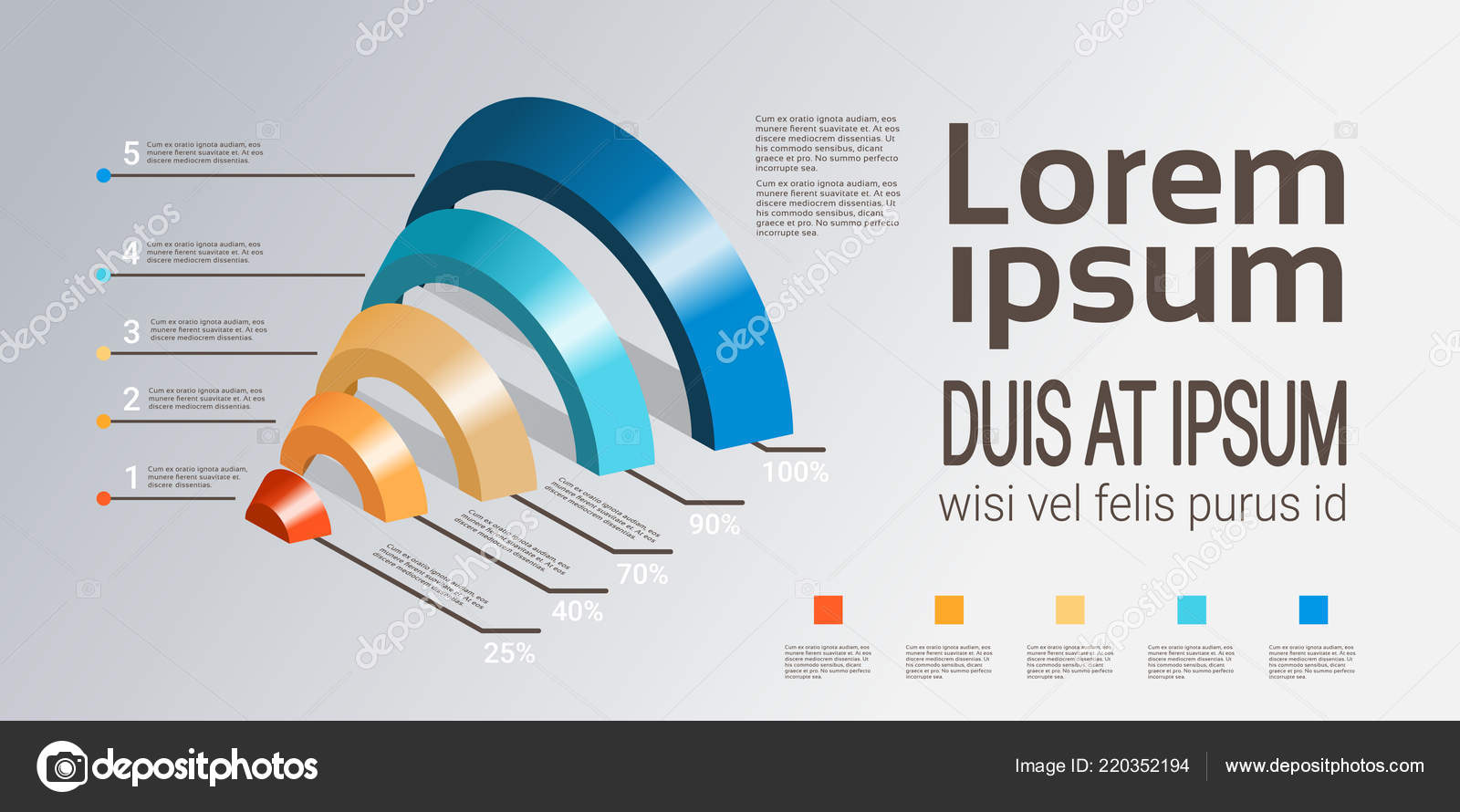Fascinated In Finding Out How Web Site Style Has Developed For Many Years? Discover The Trip From Straightforward Layouts To User-Centered Approaches
Fascinated In Finding Out How Web Site Style Has Developed For Many Years? Discover The Trip From Straightforward Layouts To User-Centered Approaches
Blog Article
Uploaded By-Kinney Lunde
In the past, web sites were basic and focused on details. Navigation was straight, and design was for desktop computers. Now, user experience is vital. Data guides styles for simple navigation. Responsive formats suit various tools. Today, dark mode decreases stress, and minimalist food selections improve navigating. Interactive functions involve individuals, and vibrant visuals attract attention. AI combination increases involvement. See exactly how layout has actually developed to boost your on the internet trip.
Early Days of Website Design
In the very early days of web design, simplicity preponderated. Websites were fundamental, with minimal colors, typefaces, and formats. The focus was on providing information rather than showy visuals. Users accessed the net via slow-moving dial-up connections, so rate and performance were crucial.
Navigation food selections were straightforward, generally situated at the top or side of the page. Sites were created for desktop computers, as mobile browsing had not been yet common. Web content was king, and developers prioritized very easy readability over intricate layout elements.
HTML was the main coding language utilized, and designers had to function within its constraints. Animations and interactive functions were very little contrasted to today's criteria. Web sites were fixed, with little vibrant content or tailored individual experiences.
Increase of User-Focused Style
With the development of web site layout, a shift towards user-focused style concepts has come to be increasingly noticeable. Today, producing internet sites that prioritize customer experience is essential for engaging visitors and accomplishing company goals. User-focused style includes recognizing the needs, choices, and behaviors of your target audience to customize the web site's design, material, and includes accordingly.
Designers now perform thorough research study, such as customer surveys and functionality screening, to gather understandings and responses straight from users. This data-driven strategy aids in creating intuitive navigating, clear calls-to-action, and aesthetically enticing interfaces that resonate with visitors. By putting the user at the facility of the style procedure, sites can provide a much more individualized and satisfying experience.
Responsive style has actually likewise become a crucial facet of user-focused layout, making certain that websites are maximized for numerous tools and display dimensions. This versatility enhances access and use, catering to the varied methods individuals connect with websites today. Fundamentally, the rise of user-focused style symbolizes a shift in the direction of producing digital experiences that focus on the demands and assumptions of the end user.
Modern Trends in Web Design
Discover the most recent fads shaping web design today. One famous pattern is dark setting style, offering a smooth and contemporary look while decreasing eye stress in low-light atmospheres. One more vital pattern is minimalist navigation, simplifying food selections and improving user experience by concentrating on essential elements. Integrating micro-interactions, such as computer animated buttons or scrolling effects, can produce an extra interesting and interactive internet site. Receptive layout continues to be important, making certain smooth user experiences throughout numerous gadgets. In addition, using bold typography and asymmetrical formats can include visual rate of interest and accentuate certain web content.
Integrating AI innovation, like chatbots for client assistance or customized suggestions, boosts individual interaction and simplifies processes. Accessibility has also become a significant pattern, with developers prioritizing inclusive style methods to satisfy diverse individual needs. Accepting sustainability by maximizing web site efficiency for rate and efficiency is one more arising fad in web design. Collaborating with customer feedback and data analytics to repeat and enhance style constantly is essential for remaining pertinent in the ever-evolving digital landscape. By welcoming these modern fads, you can develop a visually enticing, easy to use site that reverberates with your target market.
Conclusion
As you reflect on the advancement of web site style from the very early days to currently, you can see how user-focused layout has ended up being the driving force behind contemporary patterns.
Embrace the journey of adjustment and adaptation in web design, always keeping the customer experience at the center.
Remain existing with the most recent trends and innovations, and never quit developing your method to produce visually magnificent and straightforward web sites.
https://mitechnews.com/guest-columns/is-digital-marketing-worth-it-in-your-company/ , adapt, and produce - the future of web design remains in your hands.
